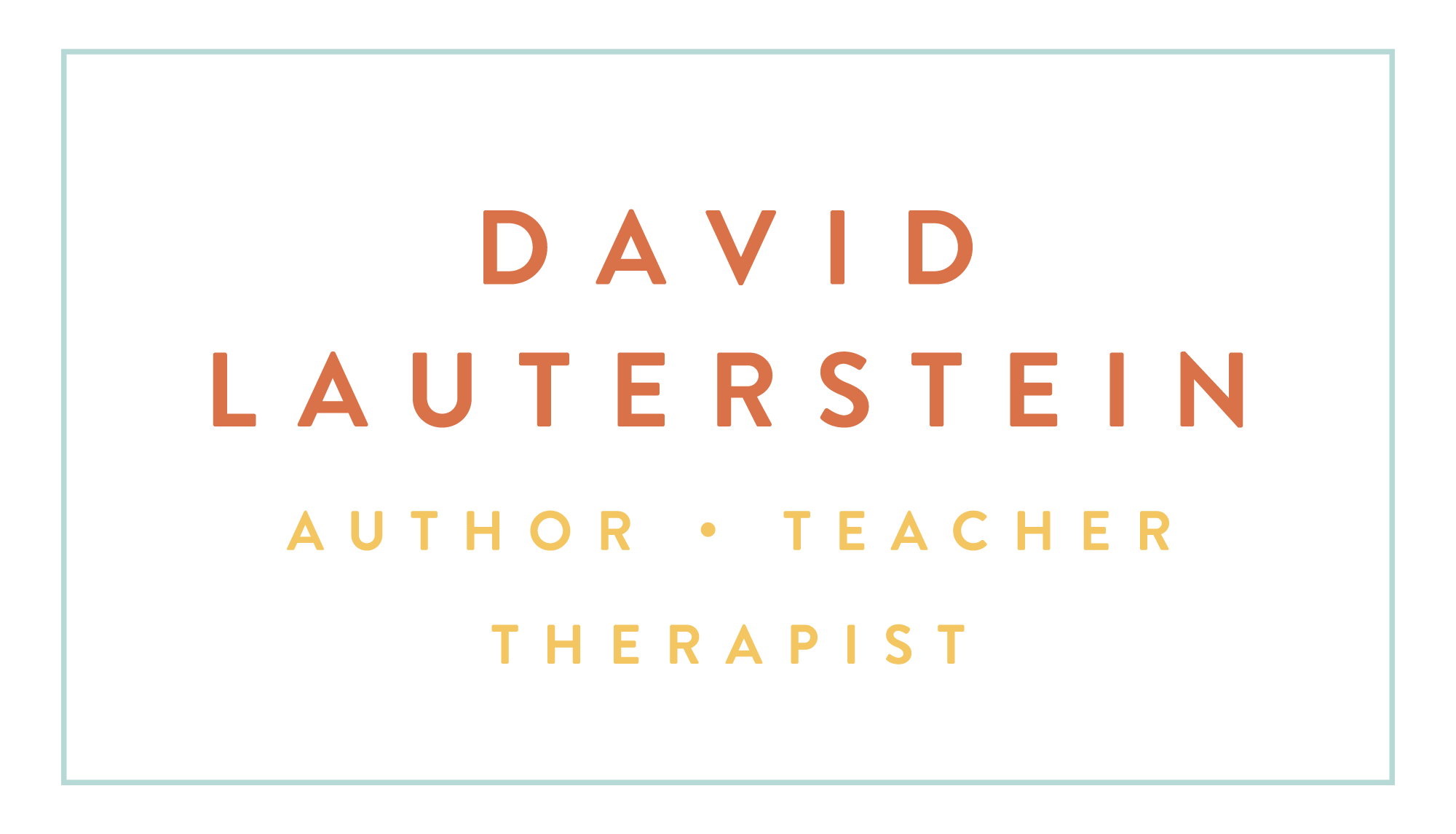THE RIBS - 24 WAYS TO SAY THE HEART IS MY HOME
excerpt from “The Memory Palace of Bones” -
I had been thinking about the ribs and woke up with the Beatles song "Long and Winding Road" going through my mind. The trajectories of human heart have indeed been this long and winding road we call collectively history and individually our autobiographies. The ribs take their long and winding roads around our hearts and lungs. In 24 ways, they embrace the history of our loves, our griefs, joys, our furies and so much more. The history of the human heart is the emotional history of each one and every one of us. When we know that, the way we touch the realm of the heart becomes clear, strong and full of compassion.
Each of our 24 ribs articulates with the spine’s vertebrae and the discs between them in three ways. There is a joint with the body of the vertebra above the disc, a joint with the vertebra below the disc, and a joint with the transverse process of the vertebrae below. These three articulations then make a triangle of support – the strongest shape in nature.
Then the rib takes a long journey around the circumference of the body. There is the “head” of the rib that is the part that articulates with the vertebral bodies. Then the “neck”, the beginning of which articulates with the transverse process. The “body” of the rib extends to the “angle” where the iliocostalis muscles attach. At this point the rib twists and begins its journey around the side and then to the front of the body. The anterior extremities are flattened and present oval depressions that articulate with the costal cartilages. The cartilages proceed to the sternum. The joints (except for the one between first rib and sternum) between these cartilages and the sternum are all synovial, filled with a small amount of fluid!
All these articulations with discs, vertebrae, cartilages, and sternum result in the ribs having 90 joints! Think of the complexity of their movement then! Calling it a ribcage completely misses the point. Calling only ribs 10-12 “floating” similarly adds to the confusion. All ribs are “floating” ribs. Each individual rib has up to 18 muscles attaching to it! So the ribs’ individual and collective movement is, though largely unconscious, incredibly complex, taken as a whole perhaps the most complex in the body.
And every rib is ALIVE - don’t forget bones are every bit as alive and responsive as all your other tissues. As such the ribs provide sensitive, living protection for the lungs, heart, thymus gland, and other tissues within. They provide living support for all the muscles and fascia of the front torso, the back, shoulders, neck and arms. And, of course, they are living participants in what I call the “grandeur of planetary gas exchange” - respiration.
So next time you place your hand on a rib, realize the unique life with which you are interacting. Our ribs have a history, a form and a function embodying the history of our species. They help write the history of our breath from the first to the last. They articulate the trajectory and history of your heart and its resonant emotions through your whole life.
Think of the stories the ribs tell - in their own elegant and constant language of movement and form. Feel and listen when you touch, to what the ribs tell you about yourself and about this person you may be touching (especially if you’re a health practitioner). Stories about the trajectory of the spirit and heart and how the not-so-caged-bird sings.
Next time you put your hand on a rib, expand and deepen your awareness and appreciation for its wondrous structural complexity, movement, and its animating role in the life of the heart, the lungs, the breath, and all of you.
Illustrations from “The Memory Palace of Bones” - art by Christy Krames

